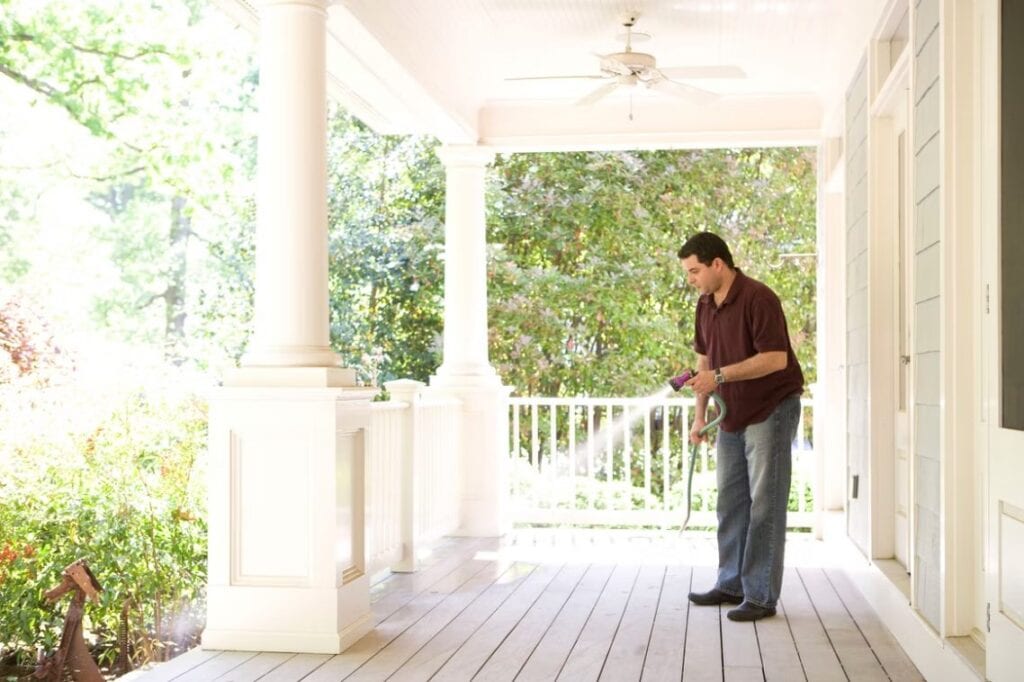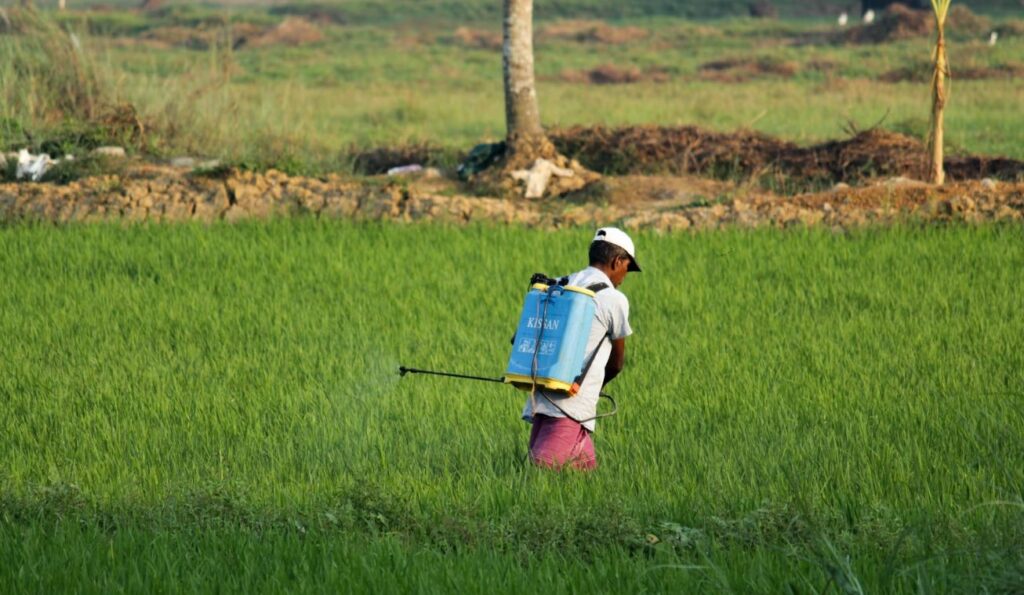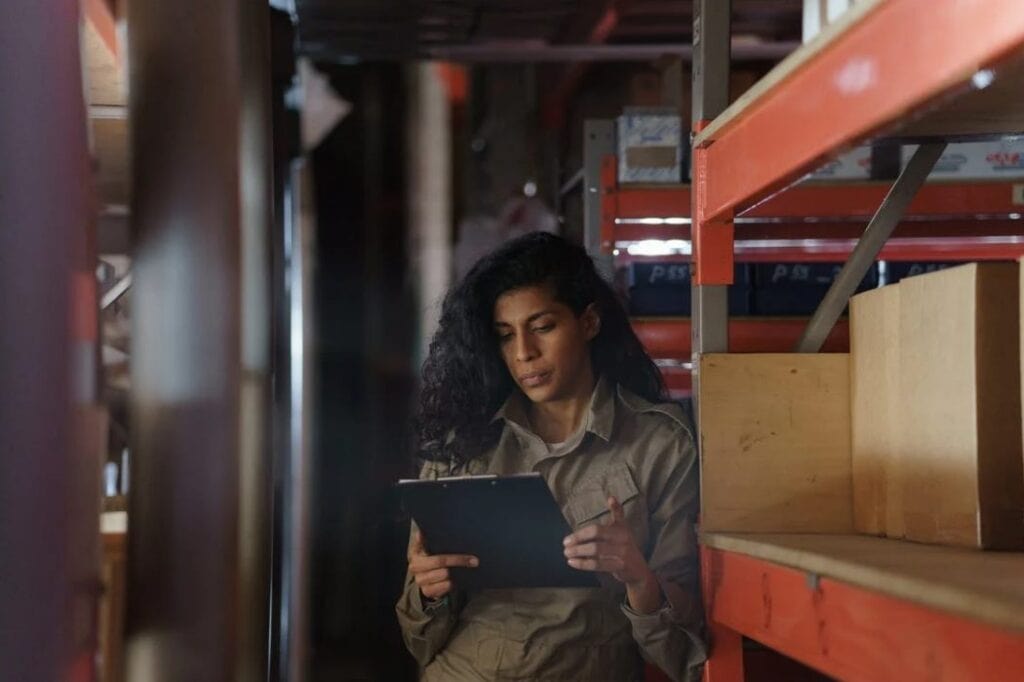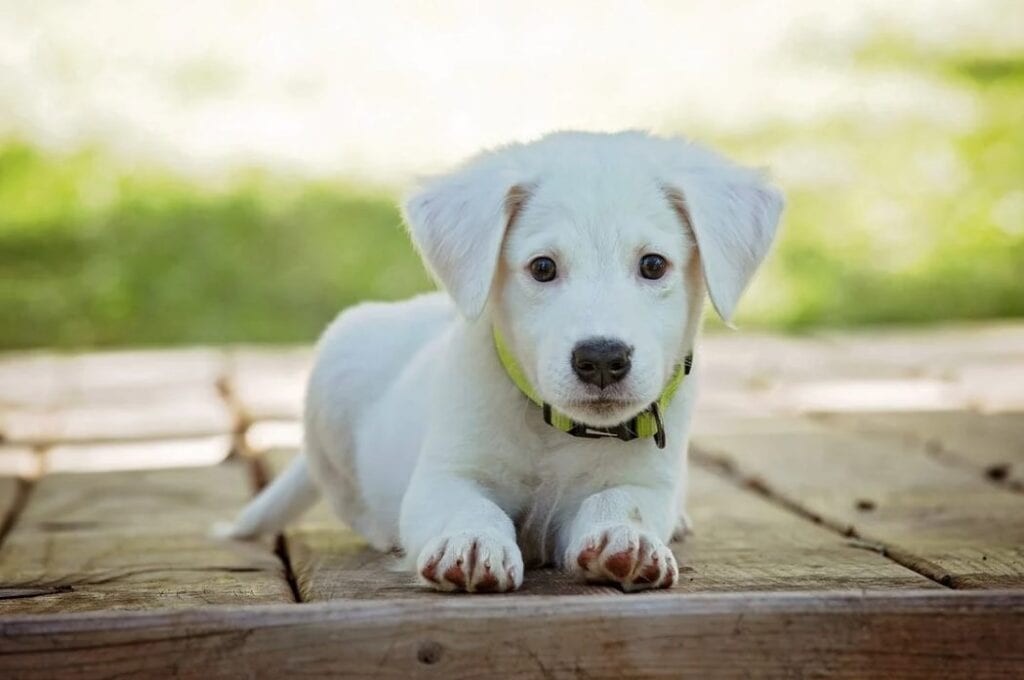Among the roughly 200 ant species found globally are the more dangerous fire ants. The black and red fire ants, also referred to as the red foreign fire ants, have dark abdomens. When compared to other species of ants, this particular species is noticeably smaller.
Colonies can include anywhere from a few thousand including over 200,000 members, and all of them nest underground. Fire ants are notoriously hostile, especially around their colony. These small insects are just as hazardous as their name suggests; they can do harm, deliver painful stings, and more.
Keep reading to find out more information about red ants and the harm they may do to both you and your home.
Are Fire Ants Invasive?
The first records of fire ants date back to the early 20th century, making them an invasive species. As a result of their direct competition for food, native ant species have been displaced.
They swarm when they smell sugar or food, and can produce a serious infestation if they get access to your home.
Being cold-blooded, they ramp up their activity levels in the warmer months. Since their population is growing rapidly, these insects are on the prowl for a tasty treat to feed their massive colonies.
They can be tough to eradicate after they have established colonies in the house due to their rapid rate of reproduction.
They prefer to dig burrows into the ground in damp areas of the yard or garden, such as a freshly irrigated lawn.
Thus, the open area's enormous mound can be observed from quite a distance. There are other instances where they will construct their nests beneath strewn about rocks, logs, or bricks. A nest built in such a concealed location would be difficult to spot.
In addition, it takes a colony several months to construct a mound that is noticeable in a normal lawn.
Are Fire Ants Destructive?
While much of the damage they do is to plants, fire ants have also been known to kill small animals. It is estimated that annually they are responsible for $6.7 billion in harm to ecosystems and agricultural production.
Farmers lose money because they eat seeds and young plants, and they do most of their foraging in the summer when temperatures are high.
The potential for electrical dysfunction is just one more way in which fire ants can cause extensive damage to your home's infrastructure. In addition to wreaking havoc on your home's electrical and communication systems by chewing through insulators, hornets can also cause problems by laying eggs in the soil around your property.
Air conditioning units, pumping systems, circuit breakers, switch boxes, or generator boxes are only some of the most typical types of electrical equipment on residential premises that are susceptible to infestation and damage by fire ants. A break in the phone system's wiring is imminent. Many electrocuted ants will induce a short circuit and render the machinery useless.
When electrical equipment breaks down, it raises the potential of fires and other disasters, as well as financial losses.
Can Fire Ants Damage Structures?
Damage to buildings from fire ants is real. Fire ant workers dig tunnels to escape being crowded into a small area.
If these trenches are dug too close to buildings, driveways, or sidewalks, there is a risk of structural collapse or collapsed pavement. This could lead to the building collapsing. For instance, should they decide to invade a tree in the neighbourhood, it could topple and do costly structural damage to the home and its surroundings.
As a colony seeks shelter from the rain, it sometimes finds its way into homes, where it can cause damage to the roof and other wooden structures. If the ceiling or floor is made of wood, it may rot as a result.
Fire Ant Bites

Fire ant venom is potent and can cause severe pain when injected. The area around the bite where a fire ant stung you may experience pain. Blisters loaded with pus may emerge and persist for days, and you may also have swelling and irritation. Fire ant venom can cause anaphylaxis, which can make breathing difficult and can cause throat swelling. If you are having a severe allergic reaction, get medical help right once.
Fire ants inflict their painful stings by first seizing their target with their mandibles, then repeatedly driving their stinger into it. They are poisonous, and their bites can cause anything from a little rash to severe illness.
Electrical problems
Some species of fire ant are believed to be the culprit in electrical failures, as they are drawn to the bright lights and buzzing sounds of things like air conditioners and traffic signals. An infestation of fire ants can cause harm to an electrical device if even a single ant is shocked, as this releases a pheromone which lures more and more ants.
What are the consequences of red imported fire ants?
The venom that fire ants possess allows them to attack and kill any potential predators. They latch onto their prey and inject their venom through their bellies.
In humans, its poison may induce anaphylactic shock and mild eczema, especially in infants, the elderly, and those with compromised immune systems. The bites could potentially be severe enough to necessitate immediate medical attention.
However, these red imported fire ants are not just a threat to humans and domesticated animals. The venom might potentially kill or severely injure these creatures.
Fire ants prefer the outdoors but have been seen nesting in the masonry of some structures. Property or structural damage can result from fire ants' activity if they penetrate a home.
Further, they have a deleterious effect on agricultural output and the food supply because of the harm they cause to crops.
What attracts fire ants?
It is best to keep fire ants outside of your house or other structure. They can be harmful to have around, particularly for those who are allergic to their stings, due to their aggressive nature and their stinging capacity. I'm curious as to what exactly entices fire ants. Included in this list are the following:
- Cleanliness- Having a lot of junk lying around the house is a definite way to attract fire ants since they forage through trash for food crumbs. Get rid of any food that could attract fire ants, and clean the floors and kitchens thoroughly.
- Holes- Fire ants are little insects. Small cracks in siding or brick vents allow the ants, of which there may be many, access to the interior. Fire ants can enter buildings through the smallest of openings, such as those made by utility cables. Doors leading outside and garage doors should have door sweeps installed.
- Food storage- In many ways, fire ants are similar to regular ants. Ants' primary motivation when foraging is to supply the colony with nourishment. Be sure to use airtight containers while storing food like pet food outside. Until the fire ant situation is resolved, it's best to put away any and all perishable food sources.
- Moisture issues- Soil isn't necessarily necessary for fire ants to survive, but they do need a certain amount of moisture. Fire ants have been known to invade unusual locations like wall cavities and roofs. Check the pipes in the walls and fix any leaks if you reside in an area with lots of fire ants. Make careful to clean any outdoor faucets you may have.
Things brought in from outside should be handled with care. Fire ants can enter a home on things that have been outdoors, such as potted plants, mulch, and even children's toys.
Methods for controlling fire ants
Many strategies exist for dealing with a fire ant infestation, each of which has its own set of pros and cons. To avoid getting stung, use protective clothing and remember that any approach that requires you to stand near the nest will likely provoke a swarm. Do not, under any circumstances, try to put out a fire started by fire ants. Lighting a nest on fire with gasoline is both reckless and futile.
Here are the best ways to eliminate fire ants, from the simplest to the most complex, but all of them have proven effective.
Method 1: Boiling water should be applied to the fire ant mound
Boiling water is an antiquated method for eliminating fire ant nests. Even though it's no-cost, eco-friendly, and instant, it's not the most efficient method of eradicating ant hills. The queen is probably far away in the nest, so there is little possibility that the liquid will get to her.
An improved method is to drench the mounds with liquid pesticide.
The water-boiling procedure has a success rate of around 60%. If you come across a fire ant hill on the property and don't have any other treatments handy, it won't hurt to give this a shot. Specifically, you should: Carefully pour two to three litres of hot water, taking precautions to avoid splashing skin, over the mound. When the fire ants are in their nest, which is normally in the late evening, it is better to sprinkle the water rapidly and then leave the area. There's a chance that the fire ants that don't die will just relocate.
Method 2: Apply pesticide to the ant hill
Drenching the mound with liquid pesticide is an easy and effective approach to get rid of a fire ant infestation. In comparison to boiling water, the poison in this method is able to reach deeper into the ant pile, making it more effective. It is recommended that users combine at least two to three gallons of solution in accordance with the manufacturer's instructions and utilize it to thoroughly soak the ant hill if the product is liquid. This treatment is effective both on contact and through the active residue it leaves behind, which kills further ants that come into or leave the colony.
However, the appointed ant exterminator must stand near the colony to pour the solution, making this procedure just as dangerous as the hot water method. It's also possible that the insecticide will leak and splash you in the face or body. Please use extreme caution and remember to protect your hands, face, and clothing.
Method 3: Bait worker ants to assassinate the fire ant queen
Safe and rather effective, though time-consuming, fire ant management can be achieved by putting bait around a mound or in places where nests may be hidden.
Assumingly, the ants will eat the bait and then transport it deep into the nest, where they will eventually find and kill the queen.
A bait can be sprinkled on the soil around the fire ant nest to see if it helps. It can also be broadcast with a spreader throughout an entire lawn. The plan is for the worker ants to collect the bait and bring it into the nest, where the queen and any other ants who consume it will perish.
Method 4: Apply a broad-spectrum insecticide treatment
If fire ants have invaded and colonised a large portion of your yard, this is the most effective method of eliminating them. The granules can be tossed out like chicken feed, as well as the ants will carry them back to the house.
Since the homeowner is not required to come into direct contact with the nest, this procedure is safer than throwing insecticide or boiling water on it. However, the granules may lose their fatal effectiveness when exposed to light and are rendered ineffective before being consumed by the ants. Treating large yards efficiently is easier when using a broadcast spreader.
A 5,000 square foot area can be treated with a spread pesticide, and the treatment will continue to be effective for up to six months. In addition to killing fire ants, broadcast insecticides can be used to stop them from settling in a new area, making them an effective prophylactic measure.
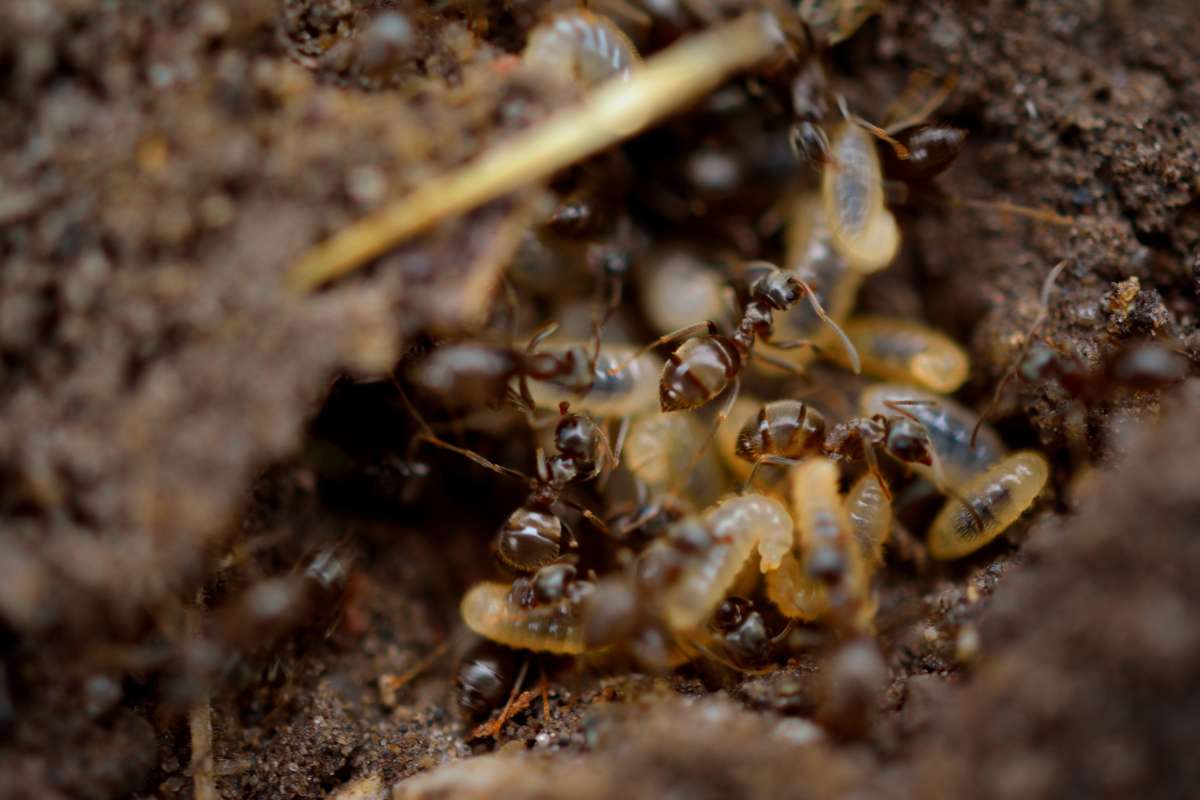
Method 5: Hire a professional exterminator
Insecticides that are available over the counter are not as powerful as those that are available to professional exterminators.
Conclusion
Black and red fire ants, also known as Argentine ants, are characterised by their dark abdomens and can cause extensive harm to your home's flora and fauna if they manage to find their way inside.
Because of their habit of chewing through insulators, fire ants can wreak havoc on your home's wiring and communications equipment. Their bites can produce mild to severe reactions, as they are highly toxic.
Since fire ants are known to be attracted to light sources, it is possible that they are responsible for power outages. The bites and stings of imported red fire ants can be painful and even fatal to humans.
Its venom can cause anaphylactic shock and moderate eczema in people, especially in young children, the elderly, and those with impaired immune systems. It's possible that the bites will be so serious that they'll need to be treated right away. Fire ants can be brought inside on items that have previously spent time outside, such as plant pots and mulch. The elimination of fire ant nests by boiling water is an outmoded technique. Drenching the mounds with liquid pesticide is an efficient method of killing the pests.
Content Summary
- Among the roughly 200 ant species found globally are the more dangerous fire ants.
- The black and red fire ants, also referred to as the red foreign fire ants, have dark abdomens.
- Fire ants are notoriously hostile, especially around their colony.
- Keep reading to find out more information about red ants and the harm they may do to both you and your home.
- In addition to wreaking havoc on your home's electrical and communication systems by chewing through insulators, hornets can also cause problems by laying eggs in the soil around your property.
- When electrical equipment breaks down, it raises the potential of fires and other disasters, as well as financial losses.
- Damage to buildings from fire ants is real.
- Fire ant venom is potent and can cause severe pain when injected.
- The area around the bite where a fire ant stung you may experience pain.
- What are the consequences of red imported fire ants?
- However, these red imported fire ants are not just a threat to humans and domesticated animals.
- It is best to keep fire ants outside of your house or other structure.
- Check the pipes in the walls and fix any leaks if you reside in an area with lots of fire ants.
- Many strategies exist for dealing with a fire ant infestation, each of which has its own set of pros and cons.
- Do not, under any circumstances, try to put out a fire started by fire ants.
- Boiling water is an antiquated method for eliminating fire ant nests.
- It is recommended that users combine at least two to three gallons of solution in accordance with the manufacturer's instructions and utilize it to thoroughly soak the ant hill if the product is liquid.
- However, the appointed ant exterminator must stand near the colony to pour the solution, making this procedure just as dangerous as the hot water method.
- It's also possible that the insecticide will leak and splash you in the face or body.
- Safe and rather effective, though time-consuming, fire ant management can be achieved by putting bait around a mound or in places where nests may be hidden.
- A bait can be sprinkled on the soil around the fire ant nest to see if it helps.
- The plan is for the worker ants to collect the bait and bring it into the nest, where the queen and any other ants who consume it will perish.
- If fire ants have invaded and colonised a large portion of your yard, this is the most effective method of eliminating them.
- The granules can be tossed out like chicken feed, as well as the ants will carry them back to the house.
- Since the homeowner is not required to come into direct contact with the nest, this procedure is safer than throwing insecticide or boiling water on it.
- Treating large yards efficiently is easier when using a broadcast spreader.
- In addition to killing fire ants, broadcast insecticides can be used to stop them from settling in a new area, making them an effective prophylactic measure.
FAQs About Pest Control
- Step 1: Boil a large pot of water.
- Step 2: Poke a hole in the fire ant mound with a dowel or broom handle.
- Step 3: Slowly pour the boiling water into the hole.
- Step 4: Repeat as necessary.
Australia's climate and lack of natural predators make it the perfect home for fire ants. In fact, the Invasive Species Council advises that more than 95% of Australia is a suitable climate for fire ants. They could inhabit almost the entire continent except for the most extreme, coldest locations.
Within a day or two, you should start to observe a marked decrease in insect activity. The length of time required to achieve the desired effects is based on the type of pest we are fighting and the products we decide to use.
Early spring is ideal for having your home sprayed. Spraying in the early spring allows you to eliminate nests or colonies when insect populations are at their lowest. The treatment requires less effort from the patient and has a longer duration as a result.
Common pests can be prevented with a 15- to 30-minute treatment. Depending on how extensive an infestation is, it can take anywhere from 90 to 120 minutes to get rid of ants or cockroaches. To kill termites, heat for at least four hours.
Having a monthly or bimonthly appointment with a pest control provider is strongly suggested. You can use this to prevent spiders, silverfish, and other insects and rodents from entering the interior of your home.
Having your home or business protected by a pest control service is important because insects may spread disease and cause extensive damage. In most cases, when people think of "pest management" or "pest control," they envision the elimination of insects like cockroaches, spiders, and fleas.










